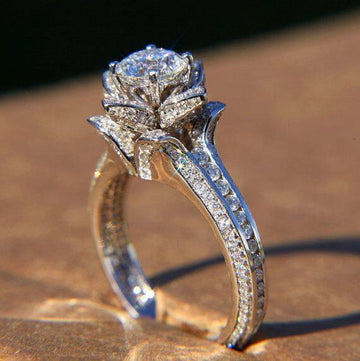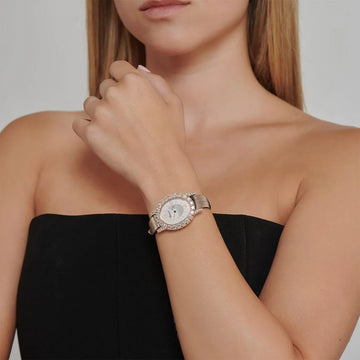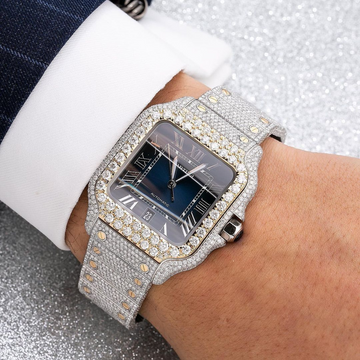Understanding Watch Internal Mechanisms
What is a movements?
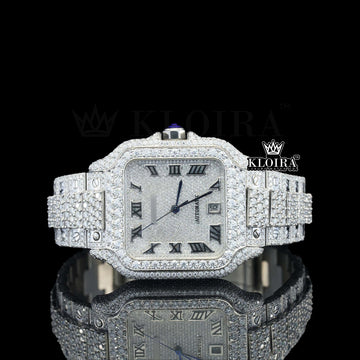
A movement is the essential mechanism that makes a watch function. Most watch companies obtain either the entire movement or parts of it from specialized manufacturers. However, there are a select few companies that are 'vertically integrated,' meaning they produce their own movements without relying on external suppliers. These companies are known as Manufactures. Watches created by Manufactures are usually more expensive and highly coveted due to their exclusivity and the prestige of being entirely in-house crafted.
The craftsmanship and innovation involved in producing their own movements set these watches apart, making them unique in the market. Owning a watch from a Manufacture signifies a higher level of craftsmanship and exclusivity, appealing to collectors and enthusiasts who appreciate the art and science of watchmaking. The dedication to creating in-house movements underscores the commitment to quality and tradition, ensuring that these timepieces remain highly valued and sought after in the world of horology.
Exploring Various Watch Movements
Movement Types
Mechanical movements, whether manual or automatic, use gears and springs, while quartz movements require batteries. Despite quartz accuracy, collectors prefer mechanical watches for their centuries-old craftsmanship and expertise.


Precision and Tradition in Timekeeping
Manual Movements
A manual movement, or hand-wound movement, is one of the oldest types of watch mechanisms, originating in the 16th century. It requires daily winding to function. Manual movements are considered traditional and are often found in high-end, collectible watches.
- Turning the crown winds the mainspring, which stores energy.
- The gear train conveys this energy to the escapement.
- The escapement regulates and distributes the energy in controlled intervals.
- The balance wheel uses this regulated energy to oscillate at a consistent rate.
- At specific intervals, the dial train transfers energy to the watch hands.
- The hands then move forward.
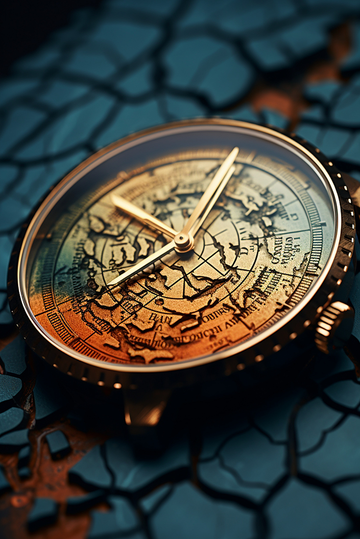
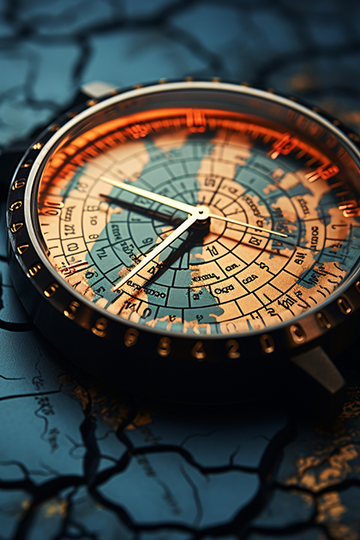
Accuracy through Electronic Oscillation
Quartz
Movements
Movements
A quartz movement relies on a battery for power and requires no winding like a mechanical watch. It is the most precise type of movement available today.
- Electricity flows from the battery to the quartz crystal through an integrated circuit.
- This electricity causes the quartz crystal to vibrate at 32,768 times per second.
- The electrical pulses are transmitted through the integrated circuit to the stepping motor.
- The stepping motor processes every 32,768th pulse and sends it to the dial train.
- The dial train then moves the watch hands.
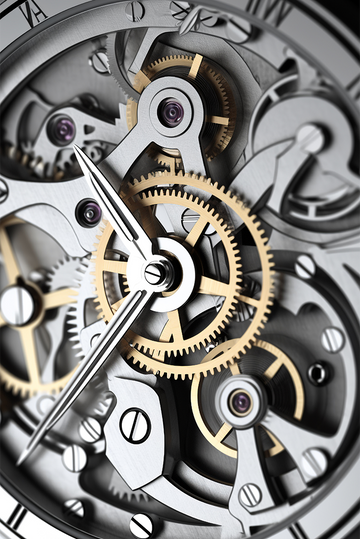
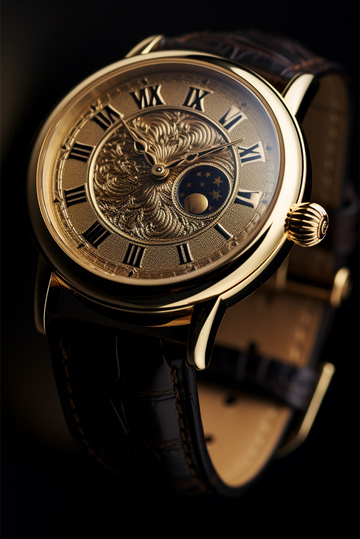
Self-Winding Mechanism for Convenience
Automatic
Movement
Movement
An automatic, or self-winding, movement is a type of mechanical movement introduced in the early 20th century. It winds itself while worn on the wrist, eliminating the need for daily manual winding. However, if not worn for a period, the watch will stop and need manual winding. This does not apply to removing the watch before bed.
- Wrist movement turns the rotor, which winds the mainspring. The crown can also wind the mainspring.
- The gear train transfers energy to the escapement.
- The escapement regulates the energy into precise intervals.
- The balance wheel uses this energy to oscillate at a constant rate.
- After a set number of oscillations, the dial train moves the watch hands.
- The hands advance accordingly.
More Guide
Frequently Ask Question
What are the different movements in watches?
Watches typically feature three main types of movements: manual, automatic, and quartz. Manual movements require daily winding and are known for their traditional craftsmanship. Automatic movements self-wind through the wearer’s wrist motion, offering convenience without daily winding. Quartz movements, powered by a battery, provide superior accuracy and require minimal maintenance. Additionally, hybrid movements like kinetic and solar combine mechanical and quartz elements for enhanced functionality.
Which movement is best for watch?
The best movement depends on personal preferences. Manual movements are ideal for traditionalists who enjoy daily winding. Automatic movements offer convenience through self-winding. Quartz movements are perfect for those who prioritize accuracy and low maintenance. Each type has its advantages, and the choice depends on whether you value heritage, convenience, or precision in your timepiece.
What makes tourbillon movements unique?
The tourbillon is a complex mechanism designed to improve the accuracy of mechanical watches by counteracting the effects of gravity. It achieves this by placing the escapement and balance wheel in a rotating cage, allowing the mechanism to average out positional errors. Tourbillons are often seen as a hallmark of fine watchmaking, valued for their intricate construction and aesthetic appeal rather than practical timekeeping benefits.
Which type of motion is watch?
Watches utilize either mechanical or electronic motion. Mechanical watches, including manual and automatic, operate through gears and springs. Quartz watches use electronic motion, powered by a battery and a quartz crystal. Mechanical movements create a consistent ticking motion, while quartz movements offer high accuracy through precise vibrations.
How to choose a watch movement?
Choosing a watch movement involves considering your lifestyle and preferences. Manual movements suit those who appreciate traditional craftsmanship. Automatic movements are convenient, self-winding through wrist motion. Quartz movements prioritize accuracy and low maintenance. Consider factors like budget and desired features to select the best movement for your needs.
Which watch movement is most accurate?
Quartz movements are the most accurate, powered by a battery and a vibrating quartz crystal. They lose or gain only a few seconds per month. In contrast, mechanical movements, including manual and automatic, have variations of several seconds per day. Quartz watches are preferred for their superior accuracy.
What movement do luxury watches use?
Luxury watches predominantly use mechanical movements, including manual and automatic, due to their intricate craftsmanship. High-end brands often develop in-house movements, ensuring exclusivity and superior quality. While quartz movements are less common, some luxury brands offer high-end quartz models for unparalleled accuracy.
Which is better, quartz or automatic watch?
The choice between quartz and automatic watches depends on preferences. Quartz watches are highly accurate, low-maintenance, and affordable, requiring only periodic battery changes. Automatic watches are cherished for their craftsmanship and heritage, self-winding through wrist motion. Choose quartz for precision and convenience, automatic for traditional mechanical appeal.
Which watch movement is more expensive?
Mechanical movements, including manual and automatic, are generally more expensive than quartz movements due to intricate craftsmanship and complex engineering. Brands that develop in-house movements command premium prices. Quartz movements are simpler and cheaper to produce, making quartz watches more affordable, though high-end quartz models can be expensive.
How to tell if a watch is automatic?
To identify an automatic watch, observe the second hand’s smooth, sweeping motion, unlike the ticking motion of quartz watches. Check if the watch self-winds with wrist motion. Many automatic watches have a transparent case back to view the movement. Listen for a continuous ticking sound, different from quartz watches’ distinct ticks.










